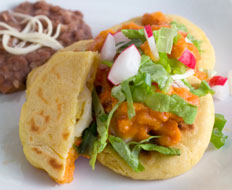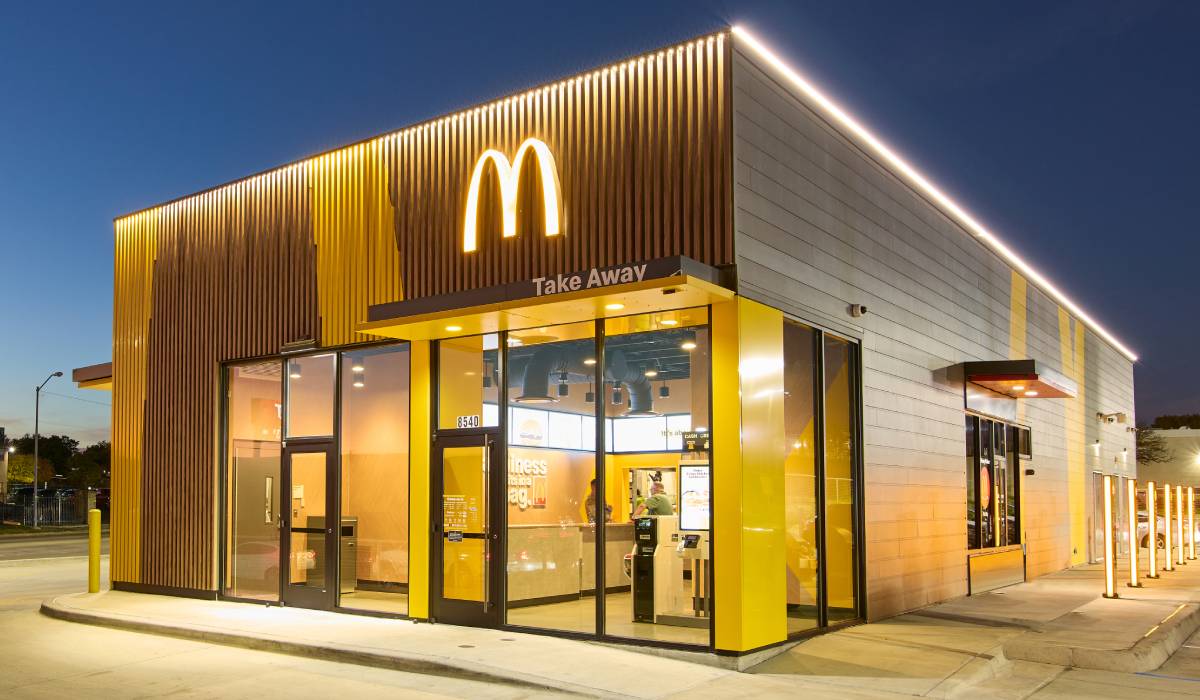Overgeneralizing about generations has become a great American pastime.
Baby Boomers? They’re typically depicted as children of privilege, post-war babies whose sheer numbers have ensured an outsized cultural influence. They tuned in, turned on, dropped out, bounced back, sold out, settled down, cashed in, and are now getting ready to kick back.
Generation X? The “well, whatever, never mind” baby-busters were pegged as disaffected and disheartened, disenchanted, and disillusioned. Cynical, wary, and suspicious of authority and tradition, they made their mark by appearing to be unconcerned about making any kind of mark.
And now, we have the so-called Millennials. Actually, we’ve had them for some time—for about 12–31 years, if we’re going with the chronological bookends assigned to them by the Pew Research Center. Here are some of the observations Pew made about the demographic when it studied them in 2009:
“They are the most ethnically and racially diverse cohort of youth in the nation’s history. … They are the first generation in human history who regard behaviors like tweeting and texting … not as astonishing innovations of the digital era, but as everyday parts of their social lives and their search for understanding. … They are more inclined toward trust in institutions than were either of their two predecessor generations…”
We at the Center for Culinary Development have made Millennials a focus of our research for several years, though we’ve been fixated primarily on their taste buds. Based on some extensive survey data, we’ve recognized a few culinary characteristics of this intriguing and multifaceted demographic. These drivers are well documented and each of them offers rich opportunity for menu development. The secret, I think, is a light-handed approach:
1) They hanker for authentic diversity.
Credit their global orientation or high level of comfort with different races, cultures, and ethnicities, or both. These worldly, well-traveled up-and-comers were reared on diverse ethnic foods, and they value authenticity above almost all else. If a sandwich is billed as a Vietnamese banh mi, they expect it to look, feel, and taste like an authentic banh mi. If it bears the name papusa, hummus, vindaloo, nigiri, or arepa, it had better be a close approximation of the native form.
While Millennials gravitate toward authentic tastes, they’re not necessarily staunch purists about form and function. They have a soft spot for ethnic mash-ups, which combine authentic elements of two or more ethnic cuisines in familiar, accessible formats. Sushirritos (sushi served in burrito form), naanwiches, Korean barbecue tacos, Mexican dumplings—this is a generation that has no trouble with hybrids of any sort, provided the result is something authentic and delicious.
2) One size definitely will not fit all.
The Baby Boomers were known as the Me Generation, but they had nothing on this crowd. Millennials want to be able to customize their menu items, and they’re often wary of anything that carries the whiff of mass production. Having it their way is their way.
3) They’re health-conscious, yet prone to fits of decadent eating.
Though this column is trading in large-scale generalizations almost exclusively, it’s worth noting that Millennials are a complex lot that defy easy characterization.
For instance, they favor fitness and understand more about healthy foods and ingredients than their parents or grandparents did at the same age. Yet many think nothing of indulging in some of the most decadent fast food around, from stuffed-crust pizzas and mile-high burgers to cheese fries and onion strings.
4) They wear their social consciences on their sleeves.
Organic, free range, cruelty-free, locally grown, grass-fed, hormone-free—the Millennials’ sensitivity to animal welfare, interest in the local-food movement, and preference for all things natural also define this multifaceted group.
Armed with these insights and observations, what can quick-serve chains do to more effectively target Millennials? Or what shouldn’t they do? The answer to the latter question is relatively straightforward: Don’t attempt a wholesale menu overhaul with the express purpose of attracting more 16–34-year-olds. Radical change would strike this group as pandering and grossly inauthentic. Incremental, specialized, or targeted change, however, is more likely to appeal.
Smaller steps such as using locally grown tomatoes and lettuce in a salad or on a sandwich, replacing plain white buns with organic whole-grain varieties, or creating opportunities for customization like Sonic’s success with self-serve, soft-drink happy hours are just some of the ways to reach Millennials.
Given the demographic’s long-term strategic importance to quick-serve chains, it’s worth considering what makes them tick and making menu adjustments that hit them where they live.










